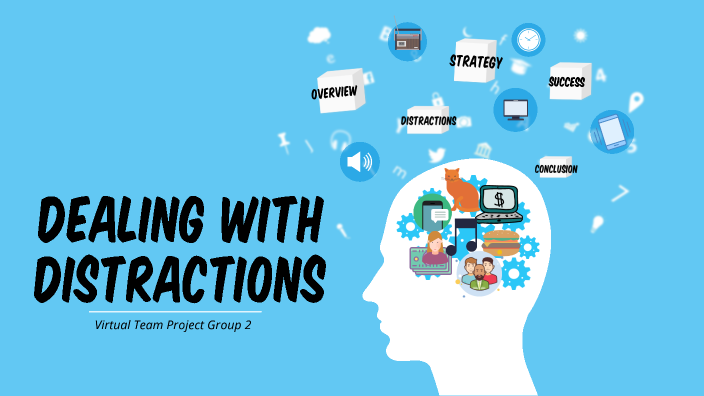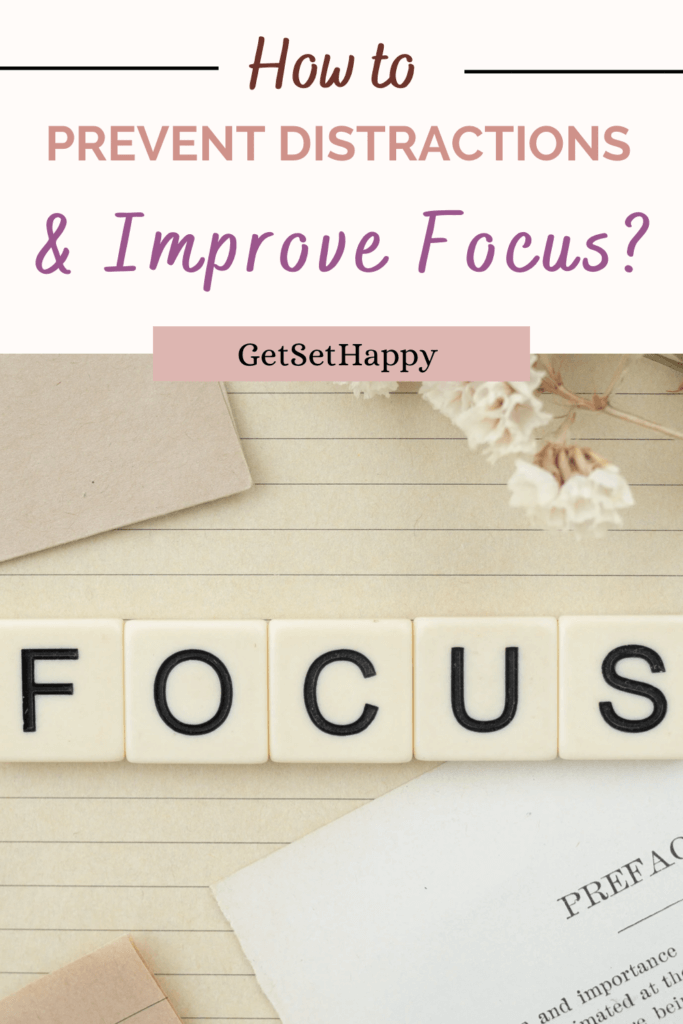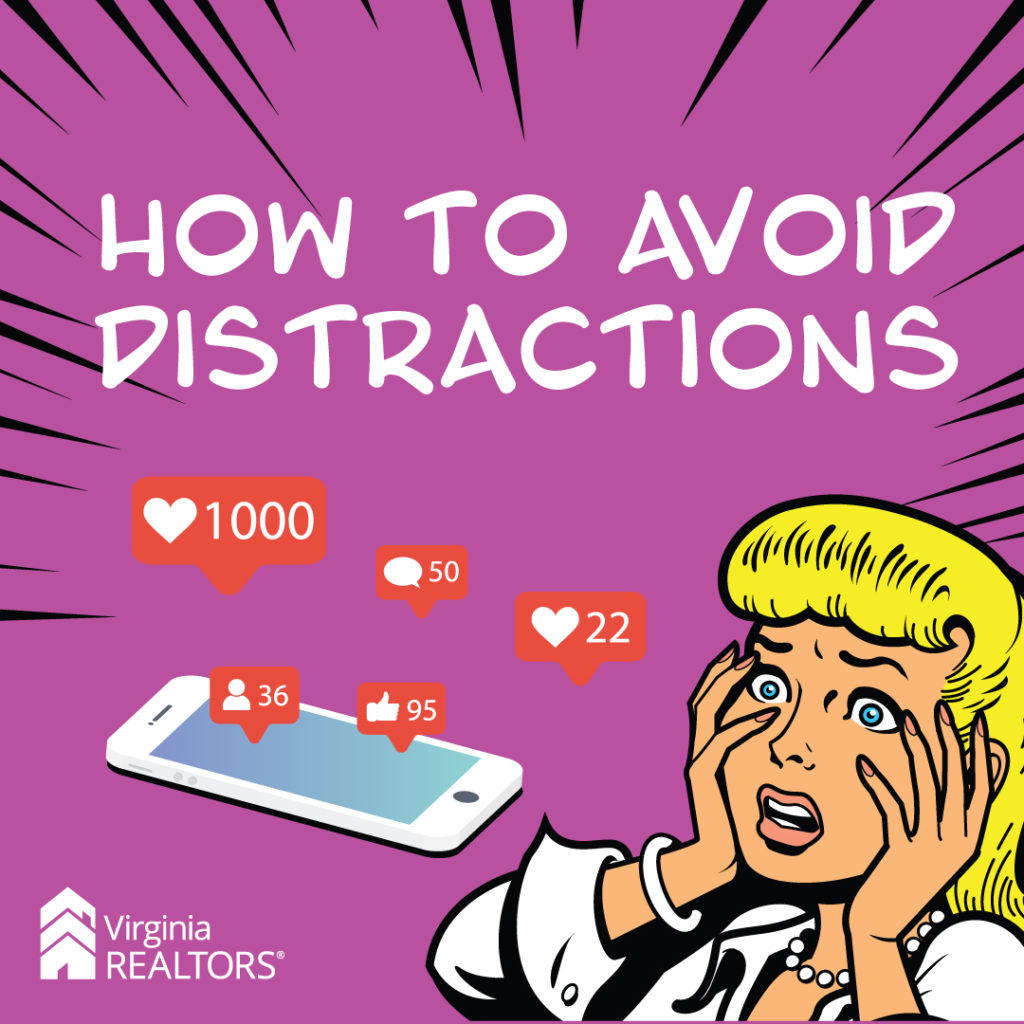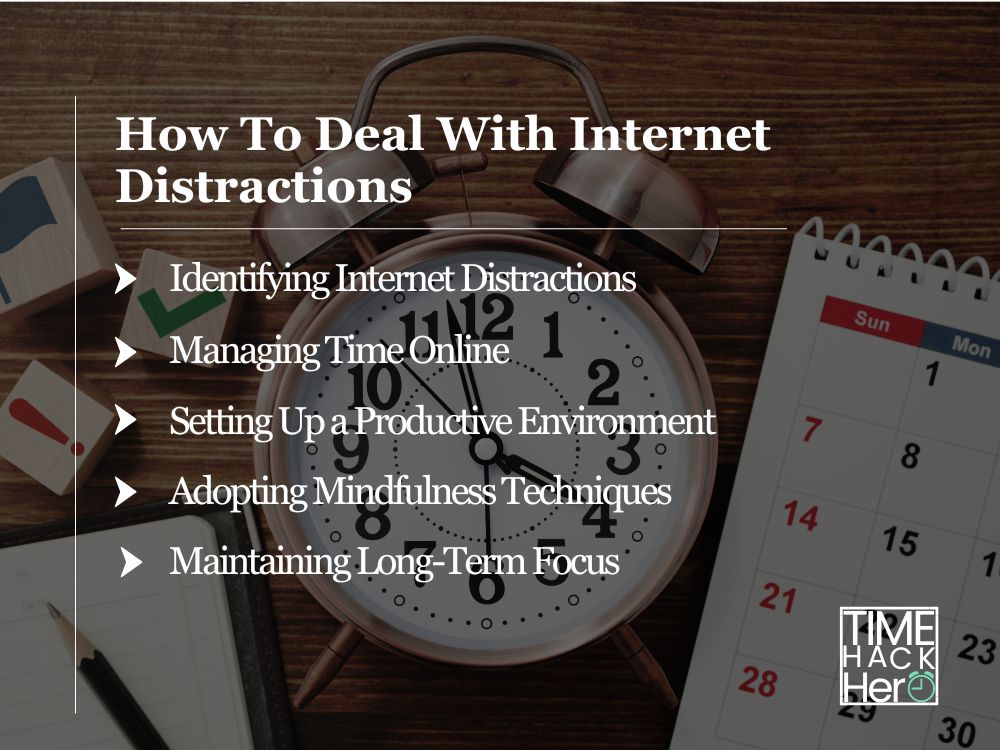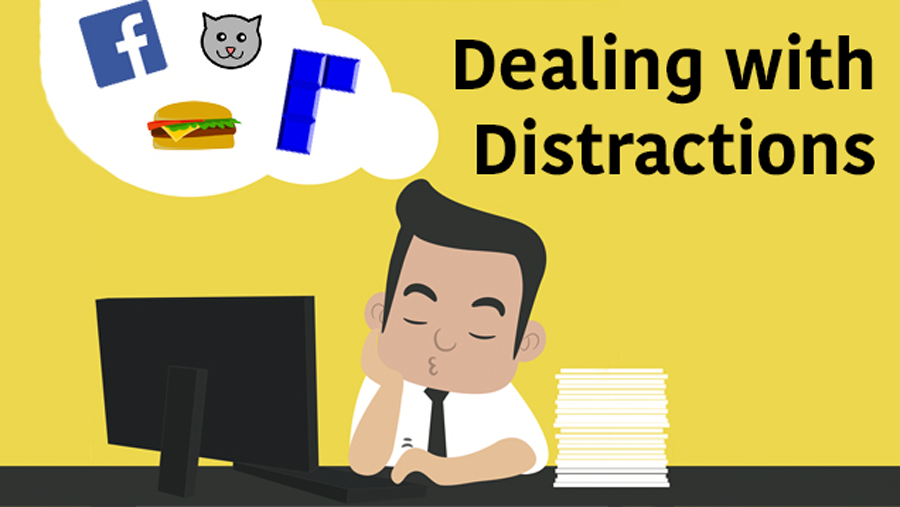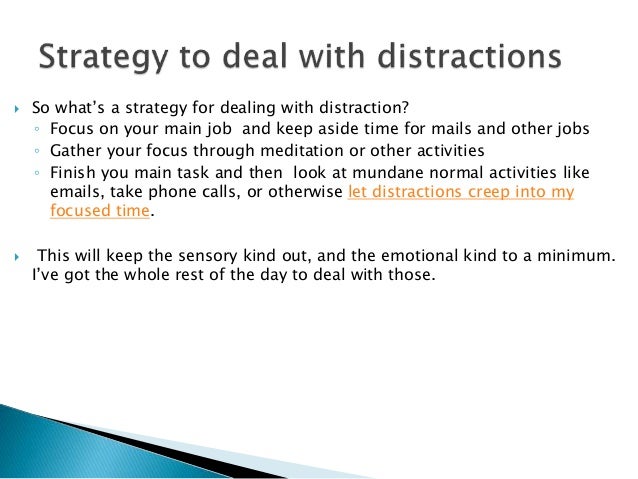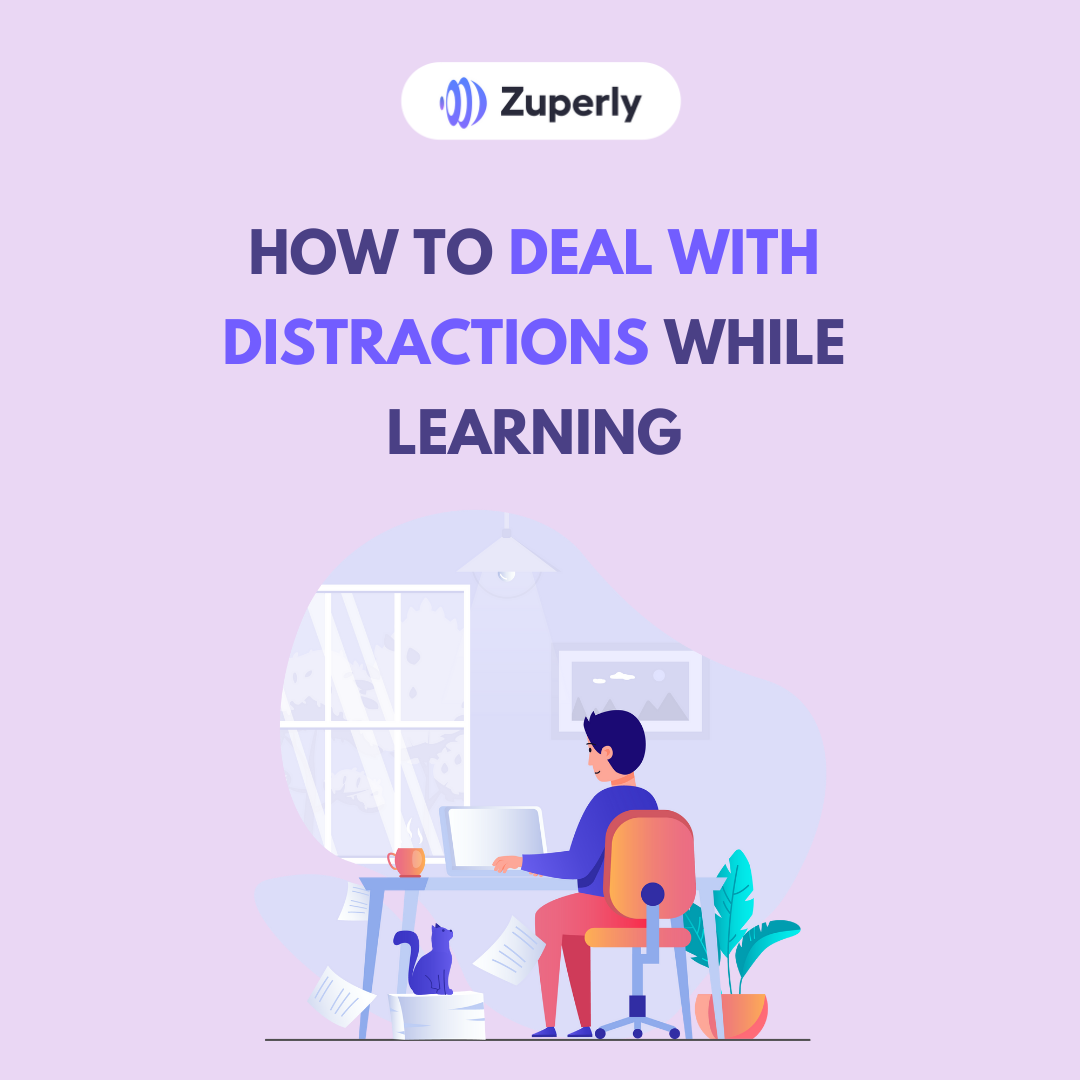Strategies To Deal With Distractions

In today's fast-paced world, the constant barrage of information and stimuli makes it increasingly difficult to maintain focus. Professionals, students, and individuals across all walks of life are grappling with the challenge of staying on task amidst a sea of distractions. Experts are actively researching and recommending a variety of strategies to combat this pervasive issue, aiming to improve productivity, reduce stress, and enhance overall well-being.
At its core, the challenge of dealing with distractions hinges on understanding the source of these interruptions and implementing personalized strategies to mitigate their impact. These approaches range from technological solutions to mindful practices, each designed to help individuals regain control over their attention and optimize their focus.
Understanding the Landscape of Distractions
Distractions can be broadly categorized into external and internal sources. External distractions include noise, interruptions from colleagues, and notifications from electronic devices. Internal distractions, on the other hand, encompass thoughts, worries, and physical discomforts.
A recent study by the University of California, Irvine found that the average office worker is interrupted every 11 minutes, and it takes approximately 25 minutes to regain full focus after each interruption.
Technological Solutions
Technology, often a source of distraction, can also be harnessed as a tool to improve focus. Numerous apps and software programs are designed to block distracting websites and applications.
These tools can be customized to limit access to social media, news sites, and other potential time-wasters during focused work periods. Many of these applications, such as Freedom and Cold Turkey Blocker, offer features like website whitelisting and scheduled blocking.
Furthermore, noise-canceling headphones are an effective way to minimize auditory distractions in noisy environments. This allows individuals to create a more focused and productive workspace, regardless of their surroundings.
Mindfulness and Cognitive Techniques
Mindfulness practices, such as meditation and deep breathing exercises, can significantly improve focus and reduce susceptibility to distractions. These techniques help individuals become more aware of their thoughts and emotions, allowing them to observe distractions without getting carried away by them.
The American Psychological Association recommends incorporating short mindfulness breaks throughout the day to improve attention and reduce stress.
The Pomodoro Technique, a time management method that involves working in focused 25-minute intervals followed by short breaks, is another effective strategy. It helps break down large tasks into manageable chunks and provides structured breaks to prevent burnout and maintain focus.
Creating a Conducive Environment
The physical environment plays a crucial role in the ability to concentrate. Organizing and decluttering workspaces can minimize visual distractions. Designating specific areas for focused work and relaxation can also help condition the mind to associate certain spaces with particular activities.
“Creating a dedicated workspace free from clutter and distractions is essential for maintaining focus,” states Dr. Emily Carter, a cognitive psychologist specializing in attention management.
Communication with colleagues and family members about the need for uninterrupted work time is also important. Setting clear boundaries and establishing agreed-upon signals for when one is unavailable can significantly reduce interruptions.
Prioritization and Task Management
Effective task management is essential for minimizing the feeling of being overwhelmed, a common internal distraction. Prioritizing tasks based on importance and urgency can help individuals focus their energy on the most critical activities.
The Eisenhower Matrix, a prioritization tool that categorizes tasks based on urgency and importance, can be a valuable resource for managing workload and reducing stress.
Breaking down large tasks into smaller, more manageable steps can make them feel less daunting and easier to tackle. This approach allows individuals to experience a sense of accomplishment as they complete each step, boosting motivation and reducing the likelihood of procrastination.
The Human Element: A Personal Story
Sarah Johnson, a marketing executive, struggled with chronic distractions at work. She implemented a combination of strategies, including using website blocking software, practicing mindfulness, and communicating her need for uninterrupted work time to her colleagues.
“I found that a combination of technological tools and mindful practices was most effective for me,” says Johnson. “It’s not about eliminating distractions entirely, but about learning to manage them and regain control of my focus.”
Looking Ahead
The ongoing research and development in the field of attention management offer hope for individuals seeking to improve their focus and productivity. By understanding the sources of distractions and implementing personalized strategies, individuals can reclaim their attention and achieve their goals.
As technology continues to evolve, the need for effective strategies to manage distractions will only become more critical. Investing time and effort in learning and applying these techniques is an investment in one's own well-being and success.


